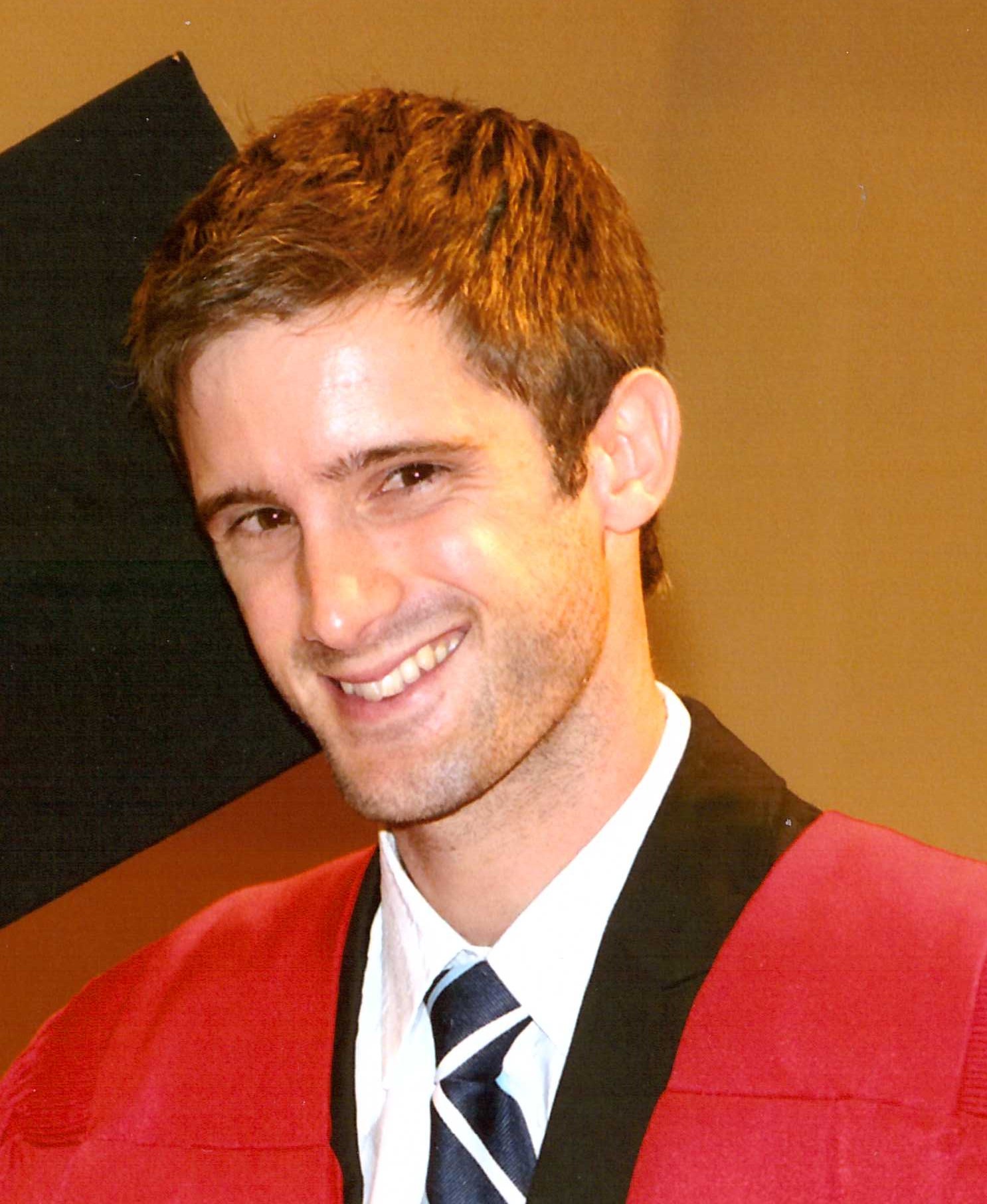The incidence of Type 2 diabetes is rapidly increasing globally, and in South Africa, with men and women of all ages being affected. The International Diabetes Federation estimates that in 2015 approximately 2 million South Africans had diabetes and 57,318 died because of complications related to the disease. With these numbers set to rise, efforts to curb diabetes are urgently needed.
One of the ways to achieve this is through professional- and community-led lifestyle interventions, especially in poor or disadvantaged communities, says Dr Bradley Fryer, a biokineticist in Stellenbosch. Fryer recently completed his doctorate in Sport Science at Stellenbosch University (SU) looking at how a low-cost lifestyle intervention could help halt the march of diabetes in the community of Cloetesville in Stellenbosch.
He says they focused on Cloetesville because previous research has shown that incidences of diabetes are high in coloured communities. Fryer also points out that previous studies highlighted the link between lower socioeconomic status and higher incidences of diabetes.
Fryer says his study, the first comprehensive lifestyle intervention (incorporating physical activity, dietary management and psychosocial support) in Stellenbosch and South Africa, indicated that a 10-week comprehensive lifestyle intervention is effective in improving physiological, psychological and health-related outcomes in adults with Type 2 diabetes living in a poor or disadvantaged community.
"The study showed that a holistic and low-cost programme that targets every facet of the disease is more likely to be successful. It also reveals the opportunity for community-based interventions to assist the primary healthcare sector in the management and prevention of diabetes."
Forty-three men and women between the ages of 33-80 completed the programme, which included 30 exercise sessions with a registered biokineticist, 10 motivational interviewing sessions (once a week) with a qualified community psychologist, and 10 dietary counselling sessions with a registered dietician.
Participants exercised for one hour three times a week and consulted a dietician once a week to help them eat healthy. Almost all of the exercises were own-body weight based (stepping, wall push-ups, skipping) and focused on functional movements aimed at improving aerobic fitness, strength and flexibility. The motivational interviews focused on helping participants to cope with diabetes and to implement strategies to effectively manage their disease.
"Through our intervention, participants' dietary habits and lifestyle behaviour changed and were even maintained during the follow-up period. They used to consume a lot of sugar and refined carbohydrates but started eating whole wheat bread instead of white bread," says Fryer.
"Their cardiovascular ability improved, body fat decreased and blood sugar levels and blood pressure dropped."
"We measured these at the beginning and the end of the 10-week program, as well as at the retention session 10 weeks after the end of the program."
"They were able to increase their total walking distance during a six-minute walk test. This test is widely regarded as an accurate measure of determining functional capacity and overall exercise ability in diabetics."
Fryer says the test was done once before the program, again after the program, and then for a third time at the retention testing session.
"One of the most inspirational stories was that of an elderly woman who had a stroke a few years before, and still had some problems with one of her arms, was able to become completely functional through the exercises, while another was happy with her weight loss."
Fryer adds that data from questionnaires and motivational interviews showed that participants' health perceptions, perceived quality of life, and self-worth and self-efficacy also improved significantly.
He says the programme had such a positive impact that people who weren't diabetics started to follow it.
"Word spread about the program through the church community and via word of mouth from family members and friends who were participating in the programme."
"Given the success of the programme, we would like to put the community in charge and just help oversee and facilitate it. We would also like to get corporates involved."
"Corporates could fund not just the programme, but also learners from the community who may want to study sport science and then become involved in the programme. In this way, they will be able to plough back into the community and also gain valuable work experience."
Fryer says they envision rolling out the intervention to other areas in Stellenbosch such as Kayamandi, the Boland and even the rest of South Africa at a later stage, in collaboration with other universities and corporates.
He adds that for now his involvement in the programme is limited due to his time-commitments in a private practice, but Kasha Dickie from SU's Department of Sport Science acts as the chief facilitator. She was also involved in the programme and has great knowledge about the community.
FOR MEDIA ENQUIRIES ONLY
Dr Bradley Fryer
18 Rhodes-Noord Road
Die Boord, Stellenbosch
Tel: 021 883 2891
Cell: 082 551 2318
E-mail: bradleyjfryer@gmail.com
Martin Viljoen
Corporate Marketing
Stellenbosch University
Tel: 021 808 4921
E-mail: viljoenm@sun.ac.za

